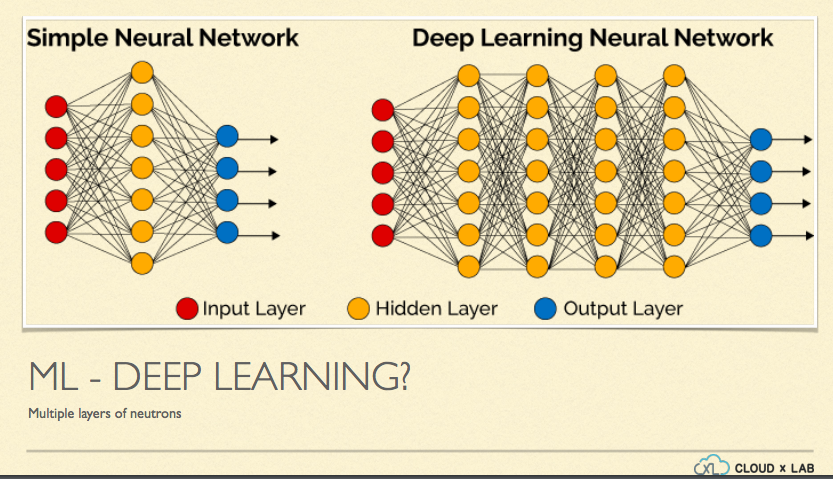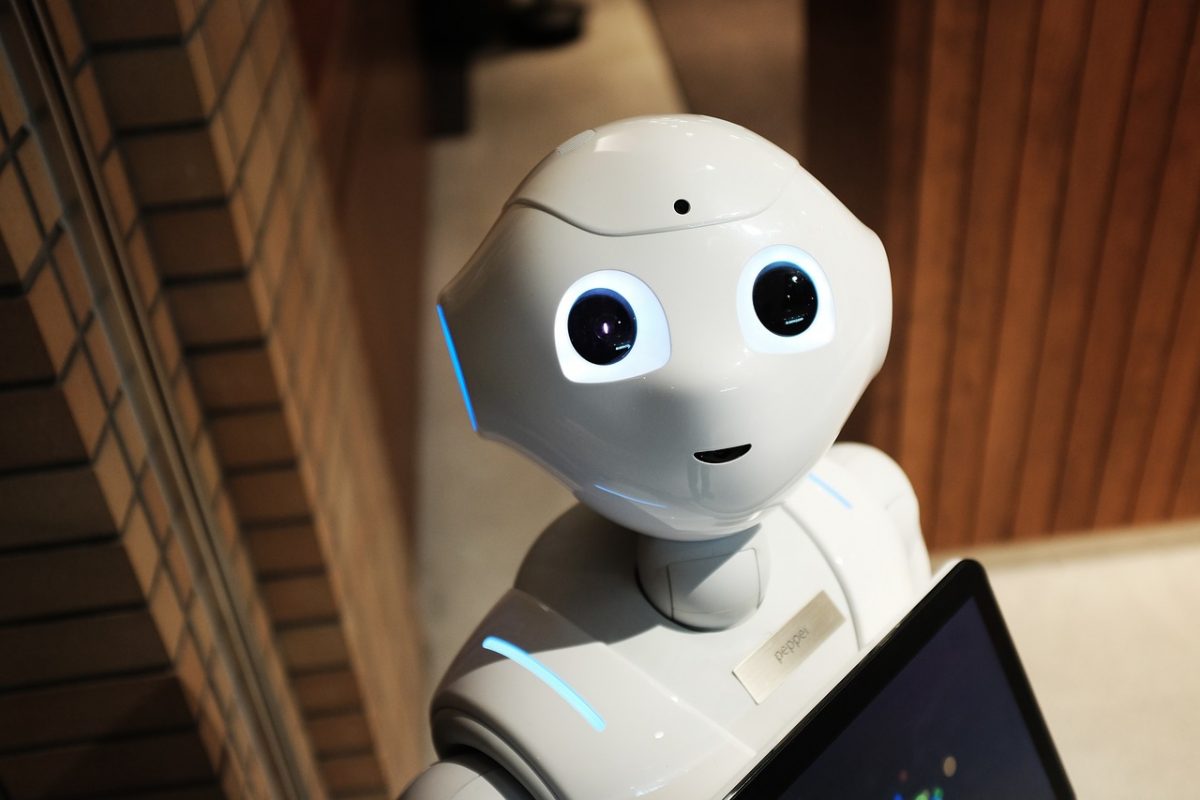Artificial Intelligence (AI) is the buzzword that is resounding and echoing all over the world. While large corporations, organizations & institutions are publicly proclaiming and publicizing their massive investments toward development and deployment of AI capabilities, people, in general, are feeling perplexed regarding the meaning and nuances of AI. This blog is an attempt to demystify AI and provide a brief introduction to the various aspects of AI to all such persons, engineers, non-engineers & beginners, who are seeking to understand AI. In the forthcoming discussion, we will explore the following questions:
- What is AI & what does it seek to accomplish?
- How will the goals of AI be accomplished, through which methodologies?
- Why is AI gaining so much momentum now?
I. What is AI & what does it seek to accomplish?
The term “Artificial Intelligence” was coined by John McCarthy in 1956 during a workshop at University of Dartmouth at New Hampshire. AI implies intelligence exhibited by machines whereby this intelligence is either equivalent or superior to that exhibited by humans. The objective of AI is to enable machines to accomplish the following:
- Sensory Perception: AI enabled Bot should be able to perceive & classify stimuli of vision, sound, touch, taste & odor. Examples: Vision perceiving self-driven automobiles can avoid and circumvent obstacles on the road; sound perceiving bots can provide suggestion to improve musical compositions; Touch perceiving bots can allow apparel buyers to e-touch the fabric of apparel; taste perceiving bots can allow humans to choose the best restaurant, and odour perceiving bots can replace sniffer dogs at criminal sites
- Natural Language Processing: AI enabled bots can read, speak & write human languages such as English, Spanish etc.
- Reasoning: AI enabled bots should be able to analyze and understand the many options, possibilities and scenarios inherent in any problem and thereby suggest the best course of action to humans. For example, AI enabled bot should be able to diagnose the diseases in a patient, analyze the implications of various possible medications and thereby suggest the best possible course of treatment.
II. How will the goals of AI be accomplished?
The following snapshot provides a picture of the available methodologies to achieve AI:

Let us consider the possibilities in some detail:
- Rule-based Systems: These are software-hardware packages whereby many possibilities have been hard-coded into the system, and through pre-coded instructions, the system is empowered to provide responses to inputs or stimuli. The benefit of such systems is that they will provide a completely accurate output or response for all those inputs or stimuli that it has been explicitly programmed for. However, the system will be in a spot if an input or stimuli occur that it has not been programmed to respond to.
- Domain-Specific Computing: Such systems are an extension of rule-based systems whereby the overall software-hardware system has been explicitly programmed to respond to the many possible inputs or stimuli that can occur within a specific industrial domain. For example, a domain specific computing system for a self-driving car will be programmed specifically to respond to many possible situations such as partial-road-blockages that can arise while driving. Similarly, a domain specific computing system for medical diagnosis will be programmed specifically to check for certain medical parameters and decide on medication based on the results.
- Robotics: In this approach, computer programming is combined with human-like features of walking, hands-movement etc. in robots that can serve many functions that require a combination of decision-making and movement. Robots that can clean houses or serve food in restaurants are examples of robotics.
- Machine Learning: This is the most relevant approach to achieve AI whereby the computer system “learns by doing” without being explicitly programmed for the many situations that can arise. In this approach, the system makes several learning-oriented trial attempts at doing the required task and collects and analyzes the results of each attempt. Through continuous and real-time analysis of the data and results of all of its previous attempts, the system goes on learning, modifying and improving its approach. An example will be the instance whereby a computer system learned to play Mario not through any explicitly programmed instructions, but through repeated attempts to play and continuous improvement of its approach based on results of all previous attempts.
- Deep Learning: This is a sub-set of Machine Learning whereby the functioning of human neural networks is mimicked unto “Artificial Neural Networks”. Neural Networks consist of three types of layers of neurons: Input Layer, Output Layer & many possible hidden layers in between. If there are 2 or more hidden layers, it is referred to as a Deep Learning Network.

III. Why is AI gaining so much momentum now?
The following developments are propelling the recent advancements in AI:
- Powerful Computing: Significant advancements in processing speed of microprocessors and the storage capacity of RAMs have enabled real-time processing and analysis of massive amounts of data and simultaneous generation of insights that can be used for improved decision making by bots
- Distributed Computing: In order to process huge amounts of data, it is now possible to distribute both the data and the logic into many different machines so that the data storage and data processing abilities of all the available computers can be utilized in parallel and simultaneously
- Internet of Things: Everything from industrial machinery to personal gadgets is now connected to each other through either the internet or intranets. Therefore, it is now possible to collect huge amount of real-time data from all of these inter-connected devices — which can be further analyzed and processed to draw superior insights and continuously improve automated decision-making
- Deep Learning Advancements: Recent breakthroughs have allowed the scientists to more clearly understand the structure and working of human neural networks. Based on this, scientists have developed Artificial Neural Networks that can completely mimic the human neural networks and enable human-like learning and decision-making by bots
IV. Examples of Current Use of AI
- Australian bank Westpac is using AI powered bots to answer customer queries and provide financial advice
- Gmail is using AI to auto-suggest replies to emails
- Pinterest is using AI to suggest images to users that are similar to the images that those users have shown interest in
- AirBnB is using AI to decide the prices for various types of accommodations at different locations so that their sales are maximized
- Policing agencies are using AI to recognize and match the faces and voices of persons over the internet with those of criminals being pursued
- Facebook is using AI to suggest possible friend options to its users based on factors such as location, interests, profession, age etc.
V. Conclusion:
It is clearly evident that developments in the field of AI represent the most significant paradigm shift in the technological landscape whereby more and more humans are not just accepting, but rather feeling excited about the many benefits that AI can offer. The scientists, on their part, are undertaking all possible efforts to ensure that the advancements in AI serve the purpose of enhancing the quality of life for all.
